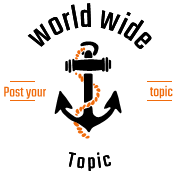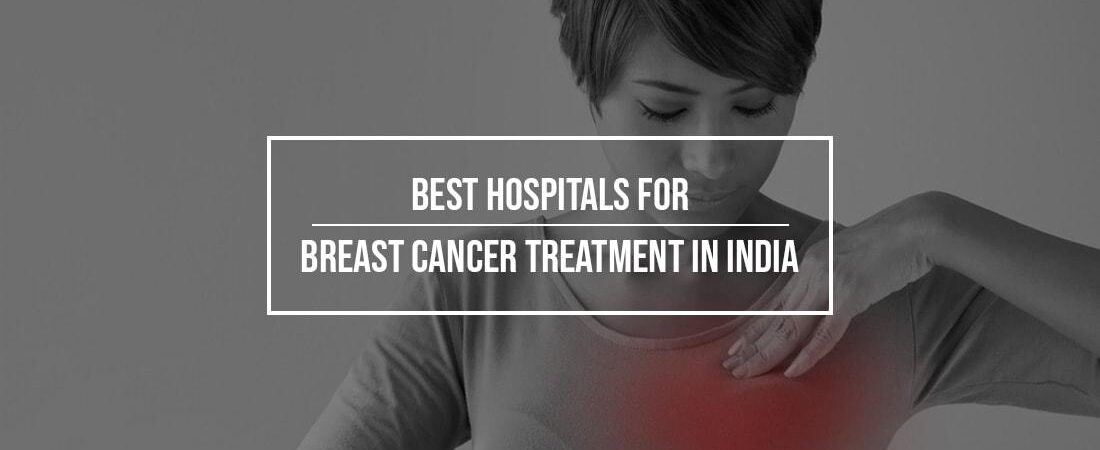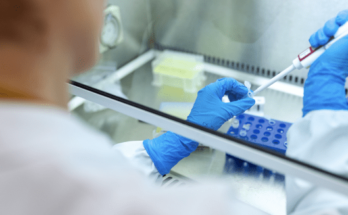The rising incidence of breast cancer amongst women all around the world has brought focus on the need of awareness regarding breast cancer and what part routine breast cancer screening plays on minimising its impact. Dr Rohan Khandelwal, top breast cancer specialist in Gurgaon talks about the need of routine breast cancer screening and what role mammograms play in preventing breast cancer from interrupting your life.
Breast cancer screening does not help in preventing breast cancer but it can help detect it in its early stages. If caught at this time, there is a higher chance of complete recovery with just chemotherapy (in many cases). In the early stages, there may not be any obvious symptoms indicating breast cancer. Due to this reason, many women are diagnosed with breast cancer only in the later stages. If the cancer has spread beyond the breast tissue, treatment options become limited, if any. Lack of awareness and overlooking routine screening are amongst the major reasons behind the increasing fatality rate of breast cancer.
Mammograms are an important aspect of breast cancer screening. Simply put, they are X-rays of the breast. They help in early detection of tumours in the breast. They are advised for women over the age of 40 years. In case you are found to have high risk of breast cancer, such as having a family history of breast or ovarian cancer, you might be advised to start annual mammogram screening for breast cancer at an earlier age.
The mammography procedure
Mammograms use a special type of x-ray imaging with low-dose x-ray, high contrast, high resolution film to create detailed images of the breast.
This test will not give accurate results if you are pregnant or are breastfeeding. You will also have to disclose any procedures you might have gotten done on your breasts such as breast augmentation or reduction.
During the mammogram procedure, your breasts are pressed between two firm surfaces post which the x-ray scan is done. The compression helps in spreading the breast tissue to increase visibility. The resulting image is then studied for signs of breast cancer. This will include abnormal growths. Increased breast density can make these images unclear as the tumours can hide behind the dense tissue.
The quality of the mammogram depends on the compression. Ideally, you should feel slight discomfort from the pressure on your breast rather than due to any pain. Doctors recommend avoiding mammograms right before your periods as your breasts may be tender and painful during this part of your menstrual cycle. The best time to get a mammogram is about 2 weeks after your period. This will not only reduce the discomfort you experience but also give more accurate results.
Risks involved with mammogram
Many women feel apprehensive about getting routine mammograms due to the exposure to radiation. However many doctors believe that the benefits of early detection outweigh the risks. The level of radiation you are exposed to during a mammogram is also minimal. Experts recommend starting annual mammogram screening after the age of 40 years. If you are a high risk individual for breast or ovarian cancer, you will be asked to start the screening process at a younger age.
In case you have any direct relative with breast or ovarian cancer (mother, sister etc), you should consider genetic screening to test for cancer mutations. If these are present, there are several preventative measures you can take to minimise the risk of developing breast cancer later. One of these methods is a preventative mastectomy (surgically removing the breast tissue).
You can meet Dr Rohan Khandelwal for additional assessment at the CK Birla Hospital which is known as one of the best hospitals for breast cancer treatment in Gurgaon.



